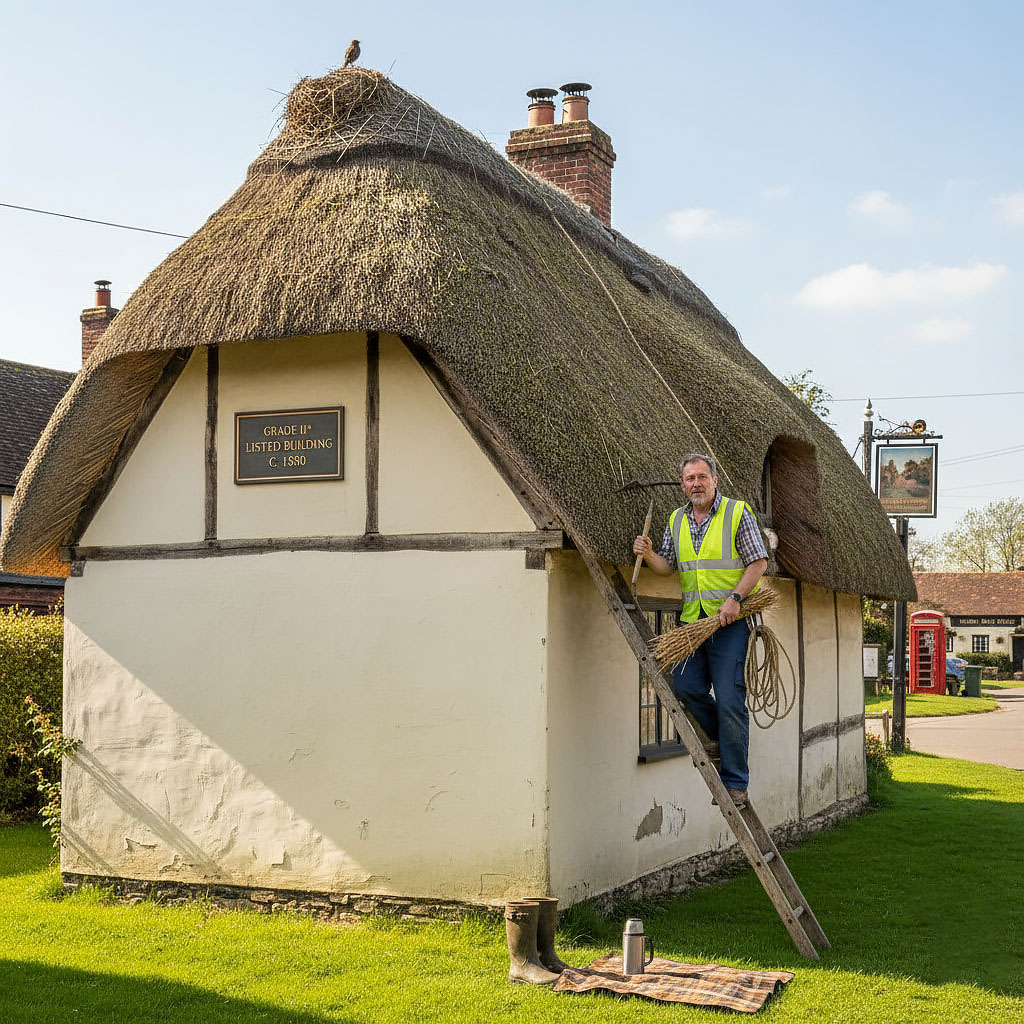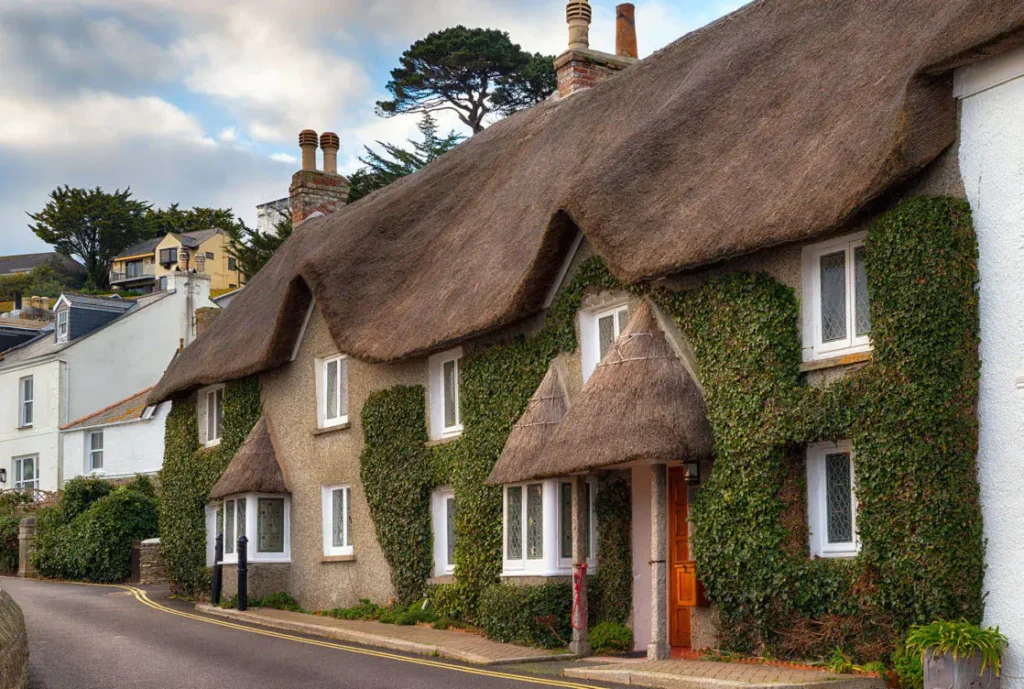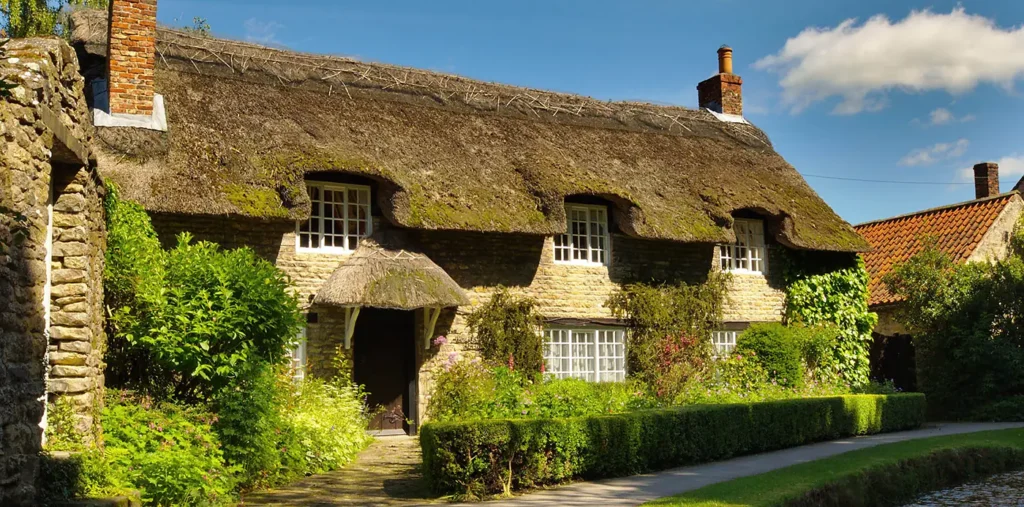Listed Building Status

Classification of a listed building is by address and includes a description of the ‘schedule’ which highlights features of notable interest. This schedule is however as a guidance note for planners and any features not listed do not mean they are not included. The listing of a building or group of buildings is a legal process and papers regarding its status should be kept in a safe place. Its listing will also be recorded on the Register of Land Changes and is necessary if the property is sold. Known in legal terms as ‘presumption in favour of retention’ the listing legislation permits alterations only where they can be justified and the correct procedures carried out.
If a property is both listed and within the boundaries of a conservation area the listed building consent will override the legislation protecting the conservation area. This is not to say that the conservation issues will not be addressed rather that the listed status will take priority in planning decisions.
With regard to internal works, unless listed, alterations to a property within a conservation area are not controlled or conditioned.
Listed Buildings: Preserving Our Heritage
Many of our members are not only owners of thatched properties, but also keepers of listed buildings. Thatched homes are deemed to be of “special architectural or historic interest.” But what exactly is meant by the term “listed?”
The responsibility for determining which buildings have special architectural or historic interest falls to the Secretary Of State for the Environment, and he has a statutory duty to produce a “list” of such buildings. In the context of listing, the term building is cast very widely and not only includes conventional buildings such as castles, cathedrals, houses schools and factories, but can be as diverse as dog kennels, ice houses and village pumps. Not all items on the lists are what we might refer to as attractive or beautiful, some are included purely for their historical value. The list in total adds up to a heritage register covering the whole of England.
Properties considered for listing are judged according to a set of national standards. In brief the following are normally listed:
- All buildings built before 1700 which survive in anything like their original condition, most buildings built between 1700 – 1840, although selection is necessary. Between 1840 and 1914 only buildings of definite quality and character are listed, and the selection is designed to include the principal works of the most important architects.
- Buildings which are less than 30 years old are normally only listed if they are of outstanding quality or under threat.
- Buildings which are less than 10 years old are not listed. Other factors which may be taken into account are: association with well-known events or characters, such as the birthplace of an historical figure, and group value, for example, squares, terraces or model villages.
- Listed buildings are allocated one of three grades. The broad classification of grades is as follows:
- Grade 1 – These are buildings of exceptional interest (about 1.5% of listed buildings fall within this category)
- Grade 11* – These are particularly important buildings of more than special interest (approximately 4% of the overall total)
- Grade 11 – These are buildings of special interest which warrant every possible effort being made to preserve them (accounting for the remaining 94.5%).
Taking all this into account, how does this affect you the property owner?
If you wish to demolish a listed building, or to alter or extend it in a way that affects its character as a building of special architectural of historic interest, then “listed building consent” must be applied for from the local planning authority. According to guidelines published by English Heritage, (telephone-0207-973-3000), even relatively minor works such as painting may affect the character of a listed building and they therefore advise: if in doubt – consult the local planning authority before embarking on any work. It is useful to note that listed building consent is in addition to any planning permission required, although for most owners’ applications for both can be considered together- and listed building consent applications are free.
The fact that a building is listed does not necessarily mean that it must be preserved intact for all time. The main purpose of listing is to ensure that care will be taken over decisions affecting its future. As a useful guide, the following changes could require listed building consent:
- Replacement windows or doors, for example from timber to UPVC.
- Removal of internal walls or fireplaces.
- Replacement of roofing materials.
The introduction of cladding such as rendering or weather boarding and the installation of roof lights.
It is possible to get financial help if you are the owner of a listed building. Grants for the repair of Grade 1 and Grade 11* buildings may be available from English Heritage, but the application must be made before the work begins. Local authorities have a much wider scope and are not restricted to outstanding buildings. Grant aid is made available by county and district councils and you should contact your local authority for further information.
Most owners seem pleased that their properties have been listed and it is rather a special feeling to think that you own and are living in something which is recognised as part of our national heritage. Historic buildings are after all a precious and finite asset and often play a vital role in determining our national and regional identity. On top of this, in many areas, the cachet of listing may even add to the value of a residential property.


Thatched Owners Group
INDEPENDENT SURVEYORS
We are able to provide the services of qualified independent surveyors who will advise you on an accurate rebuild cost for your property and any permanent structures you may have, for example walls, garages and outbuildings.
NEW PURCHASE COVER
For new purchases, we can liaise with your solicitor or mortgage provider and ensure the exchange and completion are not delayed by insurance issues, providing them with written confirmation of cover and any policy details they may require.
PERSONAL SERVICE
We do not operate via a call centre and have experienced staff, offering a personal service. Your cover can be arranged with just one telephone call – we are available until 7.00pm Monday to Friday, and until midday on Saturday.
Premium Insurance
Our thatched property insurance policies are underwritten by triple-A rated companies who understand the particular needs of thatched properties – so you get the right level of treatment, cover and price, covering exactly the right things.
